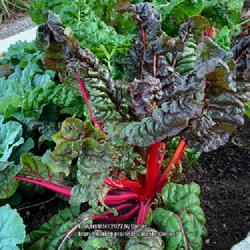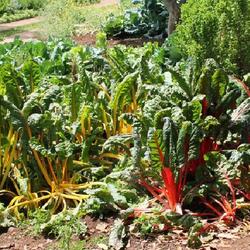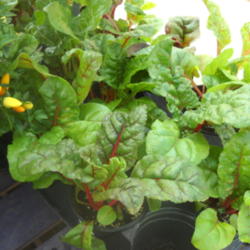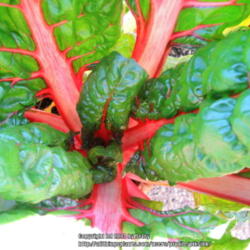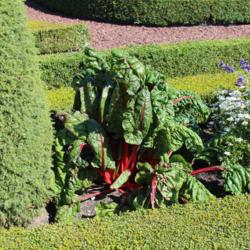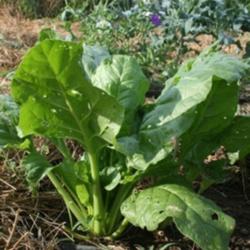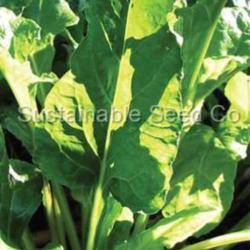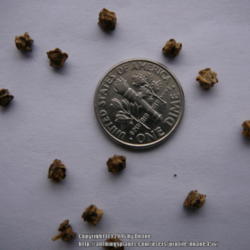Posted by
Marilyn (Kentucky - Zone 6a) on May 23, 2013 11:14 PM concerning plant:
"Chard is a leafy green vegetable often used in Mediterranean cooking. While the leaves are always green, chard stalks vary in color. Chard has been bred to have highly nutritious leaves at the expense of the root (which is not as nutritious as the leaves). Chard is, in fact, considered to be one of the healthiest vegetables available and a valuable addition to a healthy diet (like other green leafy vegetables).
Chard is a spring harvest plant. In the Northern Hemisphere, chard is typically ready to harvest as early as April and lasts through May. Chard is one of the more hardy leafy greens, with a harvest season typically lasting longer than kale, spinach or baby greens. When day-time temperatures start to regularly hit 86 °F, the harvest season is coming to an end.
Swiss chard is high in vitamins A, K and C, with a 175 g serving containing 214%, 716%, and 53%, respectively, of the recommended daily value. It is also rich in minerals, dietary fiber and protein."
Taken from Wikipedia.
